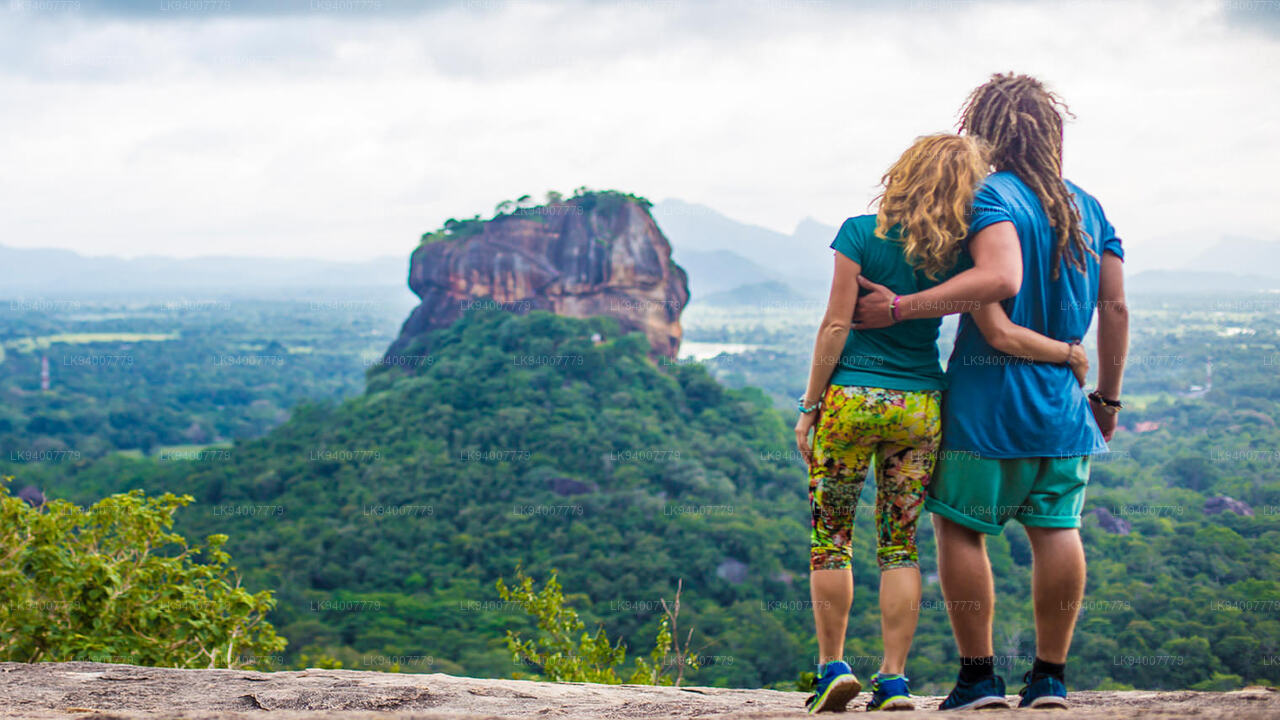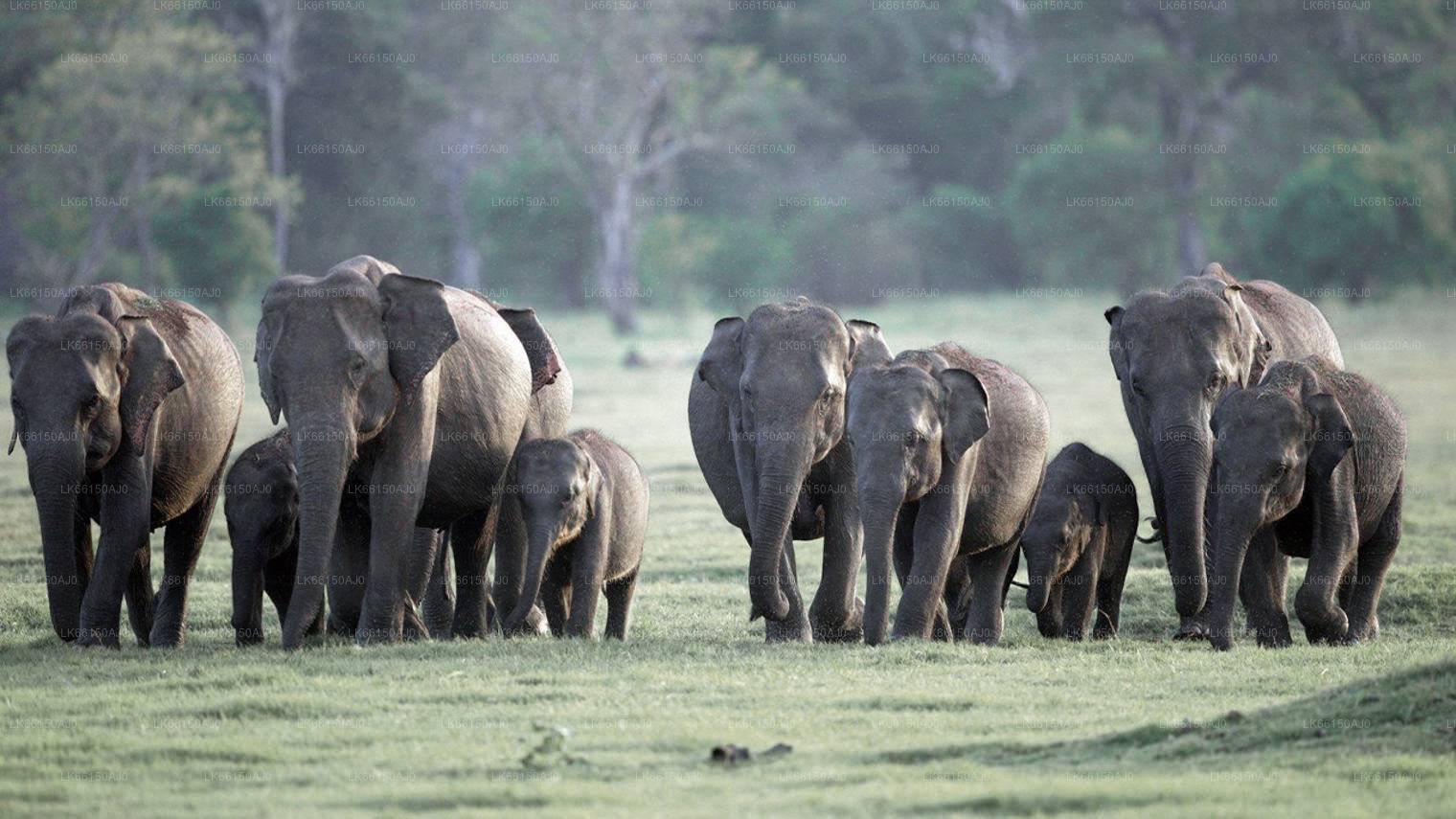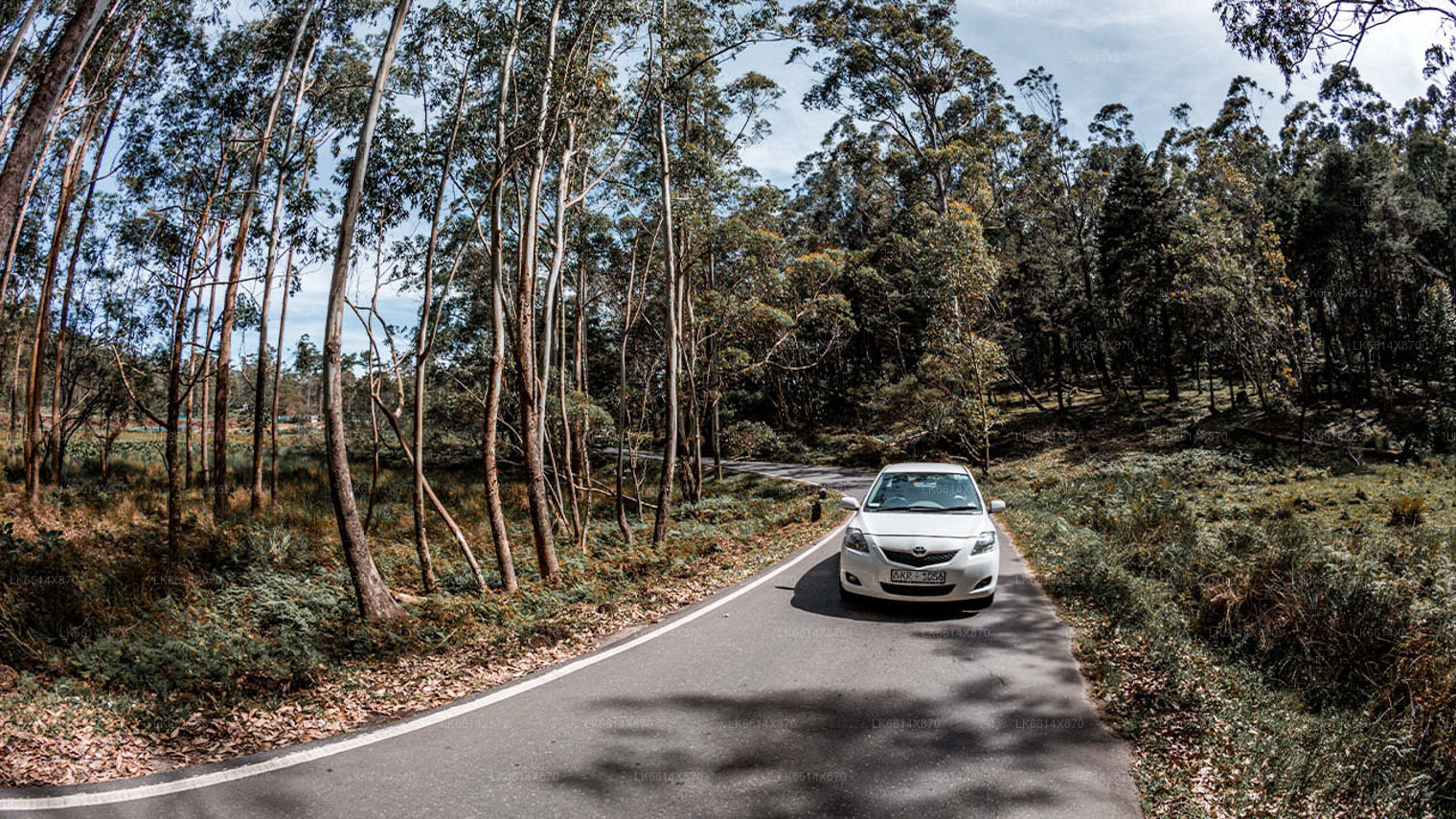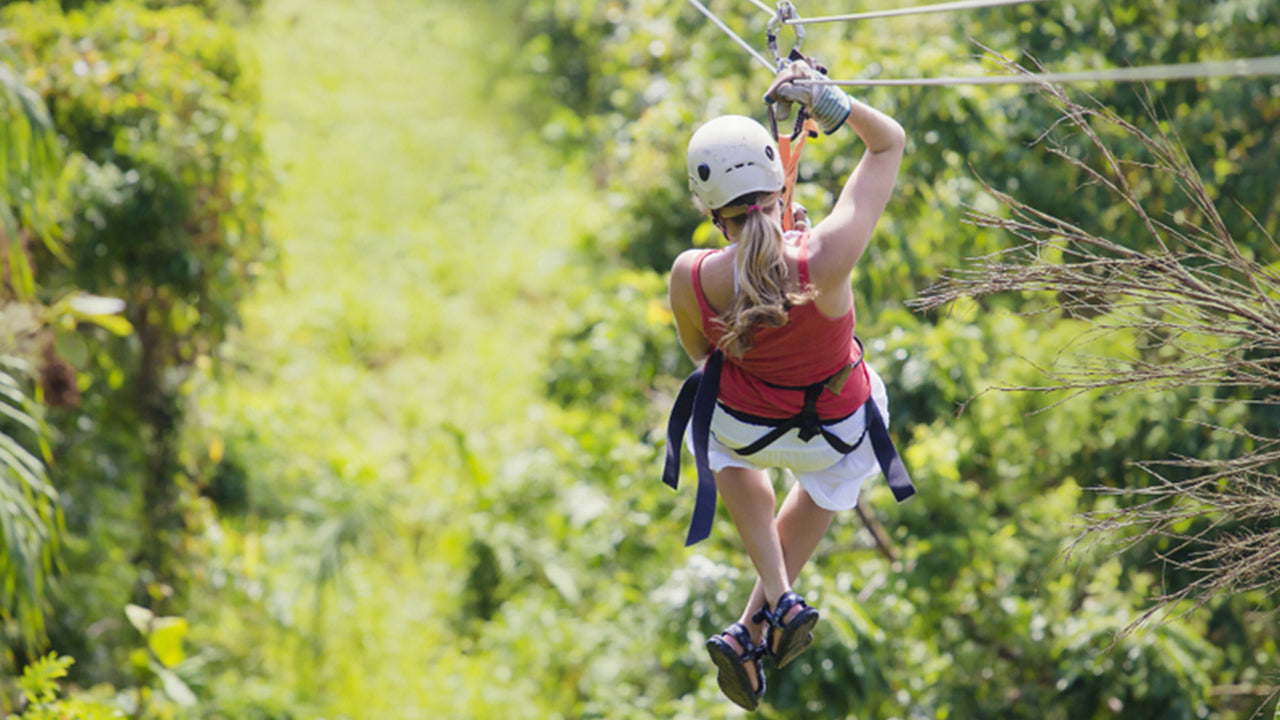
Minneriya City
Minneriya, located in Sri Lanka, is renowned for Minneriya National Park, a biodiversity hotspot and home to a large population of Asian elephants. The park's centerpiece is the scenic Minneriya Tank, attracting wildlife enthusiasts and providing a stunning backdrop for nature safaris.
Minneriya National Park
Minneriya National Park is located 182 km away from Colombo in the North Central Plains of Sri Lanka. The major city closest to Minneriya National Park is Polonnaruwa.
The renovated vast ancient Minneriya Rainwater Reservoir that irrigates the considerable area of the district of Polonnaruwa is the focal point of the Minneriya National Park.
Being part of the elephant corridor which joins up with Kaudulla and Wasgomuwa parks, Minneriya National Park gives the opportunity to see herds of Elephants throughout the year. May to October is the best period to visit Minneriya National Park in view of the famous Gathering of the wild elephants.
The Climate and Altitude
Minneriya National Park that covers an area of 8,889 hectares is of tropical monsoon climate: annual rainfall is about 1146mm and mean annual temperature is 27.5 centigrade. The altitude ranges from100m to 885m at the top of Nilgala peak.
Accommodation Options
Minneriya National Park has no accommodation facilities within its boundaries. But the cities close to Minneriya National Park-Sigiriya, Polonnaruwa, Habrana and Giritale- are clustered with luxury hotels and lodges.
Vegetation
The vegetation of the park consists of tropical dry mixed evergreen forests, abandoned chena lands, grasslands and wetlands. The open grasslands and old chena lands are dominated by the many species of small shrub.
The abandoned chenas are dominated by kukuruman (Randia dumetorum), keppettia (Croton sp.) wara (Calotropis Gigantea) and grasses i.e. katu-una (Bambusa bambos), wali indi (Phonenix zeylanica), illuk (Imerata Cylindirca) and pohon (Panicum Maximum).
The phytoplankton is dominated by Microcystis and Melosira.Among the large trees are palu (Manilkara Hexandra), Satin (Chloroxylon Swietenia), milla (Vitex Altissima), Kalumediriya (Diospyros Quaesita), halmilla (Berrya Cordifolia), weera (Drypets Sepiaria).
Mammals
Among the 24 species of mammals resident in the park are Elephants, Leopards, Sloth Bear, Spotted Deer, Sambar Deer, Wild Buffalo, Wild Pig, Grey Langers, Purple-faced Leaf Monkey, three species of Mongoose, Porcupine and Indian Pangolin. Pre-booked Minneriya Safari is the best way to see them all.
Amphibians & Reptiles
Among the nine species of Amphibians at Minneriya National Park are the endemic and endangered Slender Wood Frog and the Common Tree Frog. Of the 25 species of reptiles recorded in the park 8 are endemic including the Red-lipped Lizard. Water and Land Monitors are also seen here. The Mugger Crocodile can be seen near the tank. Many species of fresh water fish are found in the Minneriya reservoir.
Important Info: Elephant Migration between Minneriya, Kaudulla and Hurulu Eco Park
There are three national parks in the close proximity within that region. They are the Minneriya National Park, the Kaudulla National Park, and the Hurulu Eco Park,. All of the three parks are immensely popular among locals and foreigners the world over for their large herds of elephants. Generally, each year during the months of July to September large groups of elephants are found in the Minneriya National Park and then they migrate to Kaudulla National Park during the months October to November due to high rains and lakes getting filled up. Then the elephants move on to Hurulu Eco Park for the final leg of their migration during the month of December to January.
Resources
Biodiversity Baseline Survey: Minneriya National Park
Other National Parks
Yala National Park, Udawalawe National Park, Minneriya National Park, Wilpattu National Park, Wasgamuwa National Park, Kumana National Park, Bundala National Park, Kaudulla National Park, Gal Oya National Park, Kalawewa National Park, Lunugamvehera National Park, Pigeon Island National Park, Hurulu Eco Park, Lahugala Kitulana National Park, Maduru Oya National Park
About Polonnaruwa District
Polonnaruwa is the 2nd largest city in north central province in Sri Lanka. The ancient city of Polonnaruwa has been declared a World Heritage site by UNESCO Polonnaruwa has a great history of conquest and struggle behind it and rightfully forms the third element in the Cultural Triangle. Located about 140 kms north east from Kandy,Polonnaruwa offers hours of endless pleasure for history and culture lovers, as there are numerous sights of significance.
Much of the physical ruins standing today are credited to King Parakrama Bahu I who spent many royal resources on town planning, including parks, edifices, irrigation systems and so on. The period of his rule is considered a golden age where the kingdom thrived and prospered under a visionary ruler. The Parakrama Samudra is a mammoth tank and named after its patron. The popular kings Royal Palace, the Audience Hall encircled by beautifully carved stone elephants and the Bathing Pool reflect the superior engineering capabilities of the time.
About North Central Province
North Central Province which is the largest province in the country covered 16% of total country's land area. North Central Province consist two districts called Polonnaruwa and Anuradhapure. Anuradhapura is the largest district in Sri Lanka. Its area is 7,128 km².
North Central Province has numerous potentials for Investors to start their Businesses, especially Agriculture, agro based industries and Livestock sectors. More than 65% of North Central Province's people depend on basic Agriculture and agro base industries. NCP also called "Wew Bendi Rajje" because there are more than 3,000 medium and large scale tanks situated in the province. Sri maha bodiya, Ruwanweli seya, Thuparama dageba, Abayagiri Monastry, Polonnaruwa Rankot wehera, Lankathilake are scared places in North Central Province.








